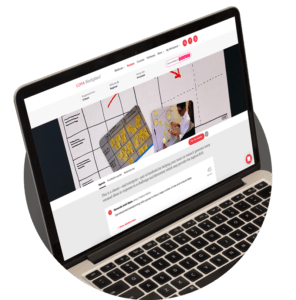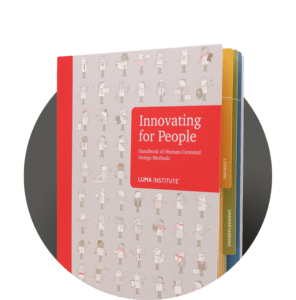Method overview
The way people feel when using something is just as important as how they use it. In order to effectively evaluate a design, then, you may need to measure people’s subjective and objective feedback of an experience. To ensure reliability, the System Usability Scale (SUS) provides a good option. It is a freely available questionnaire originally developed by John Brooke for Digital Equipment Corporation. The SUS uses the Likert Scale, which asks participants to evaluate each question by choosing between five attitude responses, ranging from “Strongly Disagree” to “Strongly Agree.” This is a particularly effective way of benchmarking a given design against later iterations, and is highly versatile across many product and service realms.
To score the SUS, first subtract one point from the user response for each odd-numbered item. Then, for even-numbered items, subtract the user response from five. This scales all values from zero to four, with a four being the most positive response. Finally, add up the converted responses and multiply the total by 2.5. Any score above 68 is considered above average.
The benefits of this method
- Leverages a proven measure of usability.
- Standardizes your evaluations.
- Provides a manageable numeric score.
- Helps you make quick assessments.

Quick guide
- Identify what you will be testing and a few key tasks.
- Invite a group of participants.
- Conduct a task-based usability test.
- Administer the SUS questionnaire after the test.
- Instruct the respondents to answer every question.
- Ask them to record their first response to each item.
- Calculate the total score for each questionnaire.
- Average all of the scores to obtain the overall value.
Helpful hints
- Give the participants a printed or an online form.
- Tell them to mark the center point if undecided.
- Don’t allow them to think about each item too long.
Combining LUMA methods into design recipes
The methods in the LUMA System are great on their own, but they are really powerful when combined into design recipes. Just like when you combine ingredients to make a tasty meal, you can also combine design methods to address challenges such as improving workplace culture or uncovering customer insights.
An example of a recipe from LUMA Workplace®:


Want to learn more about LUMA methods?


